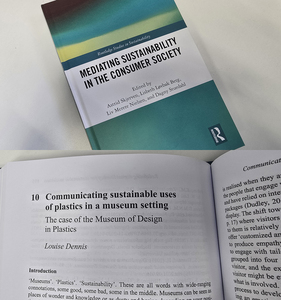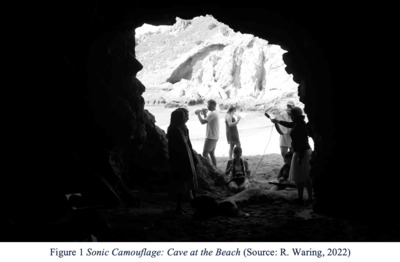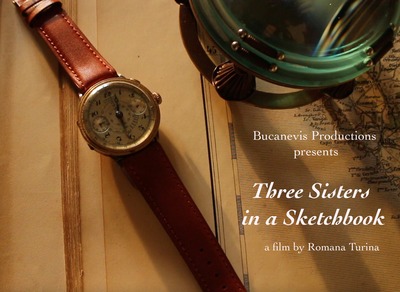Where once geographers could argue that the ideological issues surrounding the quintessential character of English and Empire military cemeteries had drawn little comment, there is now a considerable literature exploring the space and place of remembrance. Increasing attention has been paid during the past decade to the value of “situation” in the discourse of death, grieving and commemoration. In this respect, “situation” should be understood to be a focus on “place”, “space” and the geopolitical (Gillis 1994). The emerging discipline of cultural geography in the late 1990s created the tools necessary to elaborate “space” in the abstract, to regard “place” as a site where an individual might negotiate definitively social relations, and give voice, as Sara Blair argued, to “the effects of dislocation, disembodiment, and localization that constitute contemporary social disorder.” In our post-historical era, further argues Blair, temporality has largely been superseded by spatiality, what has been termed the affective and social experience of space. Almost a century after Freud’s treatise Mourning and Melancholia (1917), our understanding of how memory and mourning function continues to be challenged, revised, and refined. Issues of place have become important to this debate. Once a marginal topic for academic investigation, there is now a body of scholarly work exploring the complex interrelationship between memory, mourning and what might be termed “death-scapes”. Indeed, this fascination with places of death and dying has given rise to myriad academic explorations spawning academic disciplines such as dark- or thana-tourism, which is an extreme form of grief-incited travel to distant prisons, castles, and abandoned battlefields where anthropological enquiry can be conducted. Suspicions of a release of “recreational grief” aroused after the death of Princess Diana in 1997 have also provided sociologists with considerable material for scholarly attention (Walter 1999).
 |



 Lists
Lists Lists
Lists

![Gough_Turf_Cover.jpg [thumbnail of Gough_Turf_Cover.jpg]](https://research.aub.ac.uk/162/2.haslightboxThumbnailVersion/Gough_Turf_Cover.jpg)









